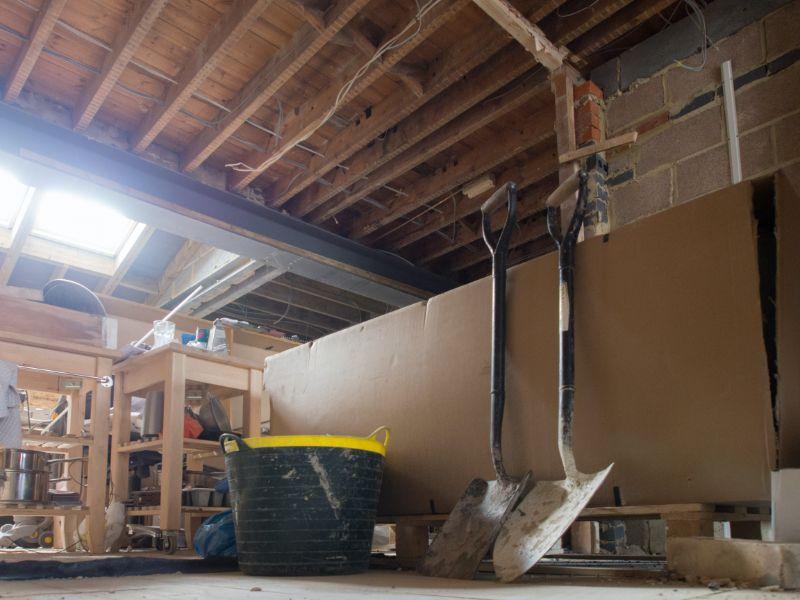In the world of interior construction, terminology can seem a little puzzling to those of us on the outside. Among the most common misconceptions is the interchangeable use of ‘drywall’ and ‘plasterboard’. Because, while there are certainly similarities between the two, understanding their distinct features is crucial when making your construction or renovation decisions.
Today, we’ll be providing a comprehensive comparison, helping you choose the most suitable wall material for your next project and ensuring you make the right decision. Because the wrong decision could prove not only costly but incredibly disruptive.
Understanding Drywall: Composition and Features
Drywall, also known as sheetrock or wallboard, primarily consists of a gypsum core enveloped by paper layers. This unique composition affords drywall some noteworthy benefits:
Versatility – Suitable for both residential and commercial spaces, drywall can be used in a myriad of environments.
Ease of Installation – Thanks to its prefabricated nature, installing drywall is relatively quick and straightforward, making it a favourite for many ambitious DIY enthusiasts and smaller outfits who might lack the resources of their larger competitors.
Applications – Given its seamless finish, drywall is an excellent choice for those looking for smooth, paint-ready surfaces.
What Sets Plasterboard Apart?
Plasterboard shares a similar foundational structure to drywall, with a gypsum core sandwiched between layers of special paper. But it’s got a few tricks up its sleeve that sets it apart. Here’s what differentiates plasterboard:
Varieties – The market offers diverse plasterboard types, such as standard, moisture-resistant, and fire-resistant, catering to different needs.
Construction Role – Plasterboard’s more durable qualities make it a preferred choice in specific construction scenarios, especially in the UK where its application is more widespread than elsewhere in the Western world.
Application Scenarios
Drywall tends to be favoured in situations where the builder might be pressed for time, as it’s a much faster installation process, which can be a dealbreaker in certain scenarios. It’s also perhaps a solid option for homeowners looking to remodel or renovate a space, as it’s less complicated and disruptive. Drywall also tends to absorb moisture and can struggle in areas where there’s lots of rain or humidity so is best used in regions where that’s not going to be an issue.
As for plasterboard, it’s widely considered to be the superior choice so will often be used in professional installations. Given its moisture-resistant variations, plasterboard is also ideal for rooms like bathrooms or kitchens. Those looking for improved soundproofing might prefer plasterboard too, as it absorbs sound far more effectively than drywall. In spaces where fire resistance is a priority, meanwhile, fire-resistant plasterboard is also an option that provides an added layer of safety.
In conclusion, while drywall and plasterboard share a lot of compositional similarities, their ideal applications can vary based on specific project needs. By understanding their unique attributes and consulting a construction estimating firm, you can ensure that your construction or renovation project stands the test of time.

